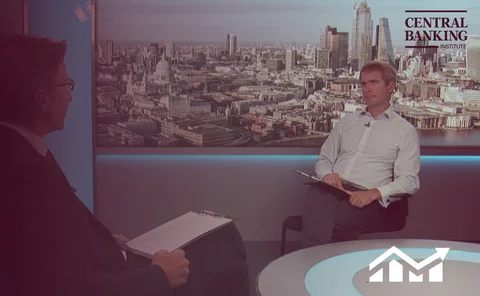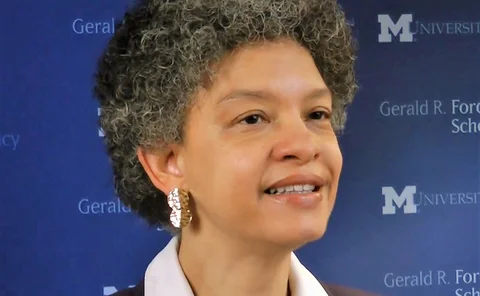Central Banking staff
Follow Central Banking
Articles by Central Banking staff
Majority of central banks prefer economists with master’s degree
Economists are sponsored more for training than for PhDs
Economics teams constitute just a fraction of central banks’ total workforce
Most institutions have more policy economists than research colleagues
Staff with PhDs make up 21.3% of average economics department
Four-fifths of advanced economy institutions sponsor economists to undertake PhD qualification
Central banks judge success of research by number of publications
Inflation and exchange rate most topical issues for central banks
Use of centralised data services increases across institutions
Rise of central data teams has gone hand in hand with greater use of alternative data
Alternative data used at most central banks
Non-traditional data such as Google searches widely used to support research and forecasting
Research economists devote more working time to own projects
On average, own research works consume 25% of policy economists’ working time
Advanced economy institutions tend to produce more papers
Emerging market researchers averaged five papers a year in peer-reviewed journals
Research agenda determined across multiple levels
Governors and deputy governors give final sign-off on most research publications
Currency Benchmarks 2022 report – executive summary
Cash far from extinct and volumes continue to grow in many places
Majority of banks blend research and policy functions
Only one in five jurisdictions restructured economics unit in the past 12 months
Financial Stability 2022 – presentation
Subject specialist Dan Hardie speaks with Christopher Jeffery about financial crime, regulating banks and non-banks, macro-prudential regulation, and decision-making and staffing
Growth and inflation are top forecast indicators
More emerging markets forecast growth and inflation compared with the past year
Currency Benchmarks 2022 charts
Take a deep dive into the Currency Benchmarks charts, which have just been released for 2022
Banknote volumes and values rose among most central banks
Most recent estimates show volume and value of circulating notes rising in 2022
Banks receive widely varying volumes of damaged cash
Central banks share data on values and volumes of mutilated currency
Most jurisdictions have not withdrawn denominations in past five years
Thirty-two central banks have an average of six denominations in circulation
Fed might make smaller rate hikes, says Susan Collins
Boston Fed president hopes FOMC can cut inflation with “relatively modest” unemployment
Central bank boards most often make decisions on banknote imagery
Banknotes image types vary from recognised figures to natural phenomena
Majority of central banks have access-to-cash policies
More than two-fifths require a minimum level of cash services from banks
Counterfeit banknotes removed from circulation average $425,000
UV ink and intaglio printing are most common security features
Banknotes generally have at least one aid for visually impaired
Raised inks are most common feature, followed by making denominations different sizes
Few central banks use big data tools to forecast currency demand
Forecasting is very common, while few expect big changes in currency needs for 2023






